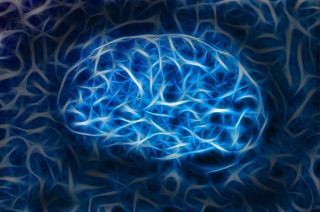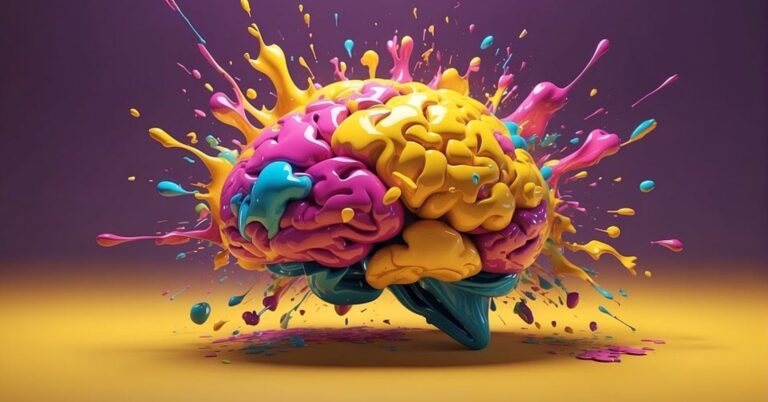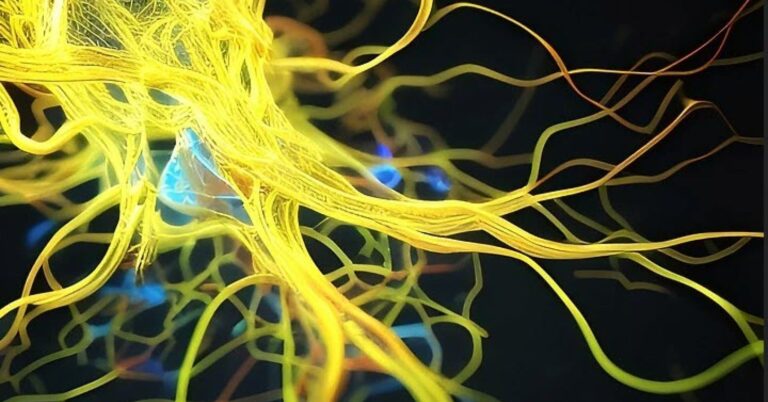
Geralt/Pixabay
The powerful predictive capabilities of artificial intelligence (AI) machine learning provide neuroscientists with valuable information for brain disease research such as Alzheimer’s Disease and other disorders. The Icahn School of Medicine at Mount Sinai released a new study published in the scientific journal Acta Neuropathologica that unveils an AI deep learning model called “HistoAge” that spots brain areas susceptible to age-related changes and predicts age at death from human brain tissue for greater insights into the underlying mechanism of neurodegenerative diseases.
“Our results indicate that histopathologic brain age is a powerful, independent metric for understanding factors that contribute to brain aging,” wrote lead author Andrew McKenzie, M.D., Ph.D., Co-Chief Resident for Research in the Department of Psychiatry at Icahn Mount Sinai, along with co-authors Gabriel Marx, Justin Kauffman, Daniel Koenigsberg, Cory McMillan, Susan Morgello, Esma Karlovich, Ricardo Insausti, Timothy Richardson, Jamie Walker, Charles White III, Bergan Babrowicz, Li Shen, Ann McKee, Thor Stein, The PART Working Group, Kurt Farrell, and John Crary.
The human brain undergoes a number of changes as it ages. According to the National Institutes of Health (NIH) National Institute on Aging, these brain changes may include increased inflammation, decreased blood flow, impaired neuronal communications in certain areas, and even shrinkage that may impact complex mental activities and learning.
With an aging population, it is important to understand the differences between healthy and diseased brain aging. The number of older people in the world’s population is increasing. An estimated 1 in 6 people globally will be aged 60 years or older by 2030 according to the World Health Organization (WHO). By 2050, the WHO estimates that there will be 2.1 billion people globally aged 60 years and older, and the number of people aged 80 years or older will triple during 2020-2050. In the United States, over 55 million Americans, 16 percent of the total population, was 65 year or older in 2020, due to aging Baby Boomers who were born between 1946 and 1964, according to the United States Census Bureau.
“Histopathological whole slide images provide a wealth of pathologic data on the cellular level that can be leveraged to build deep learning models to assess age acceleration,” the researchers wrote.
Histopathology is the study of anatomical changes in diseased tissue using a microscope, often for diagnostic purposes. For the diagnosis of cancer and other complex diseases, whole-slide histopathological images are recognized as a clinical gold standard tool.
To conduct this study, Mount Sinai researchers trained an AI algorithm on over 680 digitized whole-slide image data of post-mortem hippocampal sections from human brain donors with a mean age of death of 85 years.
“The hippocampus is known to be involved in both brain aging and age-dependent neurodegenerative disease and thus is an ideal anatomic region for this analysis,” the researchers wrote.
The hippocampus is a brain region that has been studied extensively; it is one of the brain regions affected by Alzheimer’s disease (AD). In neuroanatomy, the hippocampus, part of the limbic lobe, is located in the temporal part of the cerebral cortex that is associated with learning and memory. Its shape resembles a seahorse; hence the origin of the name comes from the Greek words “hippos” for horse and “kampos” for “sea monster.”
The Mount Sinai scientists used an artificial intelligence model that consists of a graph convolutional network (GCN), a class of artificial neural networks for machine learning on graphs.
First, the brain tissue data was preprocessed by segmenting whole-slide images of the hippocampus into 256×256 pixel tiles of tissue-only areas. These tiles served as input data for a ResNet-50 convolutional neural network. ResNet-50 is a 50-layer deep (48 convolution layers, plus MaxPool and Average Pool layers) AI neural network that can classify images into a thousand object categories. The pre-trained version of ResNet-50 used ImageNet, an image dataset organized according to the WordNet hierarchy. The AI convolutional neural network produced feature vectors of the tiles in graph structure.
With the whole-slide brain image data preprocessed, the feature vectors in graph structure are put through an AI graph convolution model and an attention pooling module to produce a single slide-level feature vector. The researchers used GraphSAGE, a commonly used graph neural network for classification that was introduced at the 31st Conference on Neural Information Processing Systems in 2017 by Stanford University researchers William L. Hamilton, Rex Ying, and Jure Leskovec in their publication “Inductive Representation Learning on Large Graphs.”
Artificial Intelligence Essential Reads
In the last step, the slide-level vector is passed through an AI classification module to predict the age, which along with the chronological age and the mean-squared error (MSE) loss is used to revise the model parameters, known as weights. To understand the amount of age acceleration in the brain, the difference between the AI model’s predicted age and the actual age was determined.
The AI model was able to predict the age at death based on the cellular composition of the brain tissue with an average accuracy of 5.45 years and act as a possible digital biomarker for potential brain diseases and disorders by identifying brain areas vulnerable to age-related changes.
The researchers compared HistoAge results with a commonly used biomarker for aging, human DNA methylation. DNA methylation is an epigenetic mechanism that regulates gene expression and tissue differentiation. Epigenetic changes may affect gene expressions and cause medication conditions. The scientists conducted a histopathologic brain age estimation on an independent dataset of over 250 individuals. They discovered a strong correlation between cognitive impairment and HistoAge acceleration, which outperformed the DNA methylation clock-based accelerations.
“We found that histopathologic brain age acceleration had significant associations with clinical and pathologic outcomes that were not found with epigenetic-based measures,” the Mount Sinai scientists reported.
HistoAge acceleration had significant associations with cerebrovascular disease, several plasma phosphorylated tau (p-tau) metrics, and cognitive impairment according to the researchers. Using applied AI deep learning, Mount Sinai researchers have created a quantitative tool that provides valuable insights into brain aging and neurodegenerative disease development that may help accelerate novel treatments for age-related brain diseases in the future.
Copyright © 2023 Cami Rosso All rights reserved.





















+ There are no comments
Add yours